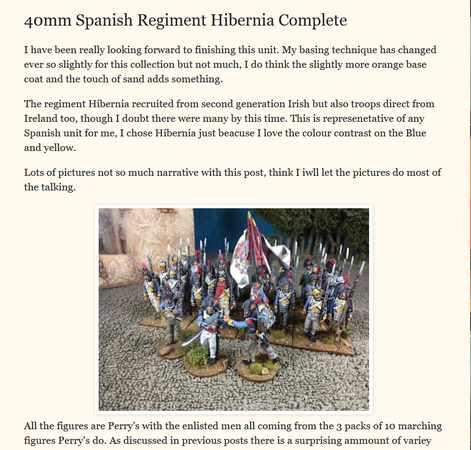From Hordes of Models & Buckets of Dice
Suggested Price – Free

Welcome to Hordes of Models and Buckets of Dice. Fast and enjoyable rules for playing wargames battles in the Biblical, Ancient, Dark Ages, Medieval, Italian Wars, Gunpowder Period, English Civil War, Renaissance, Seven Years War, American War of Independence, Napoleonic Wars, American Civil War, Franco Prussian War, Victorian Period Wars, The Great War, Interwar Years and Gangland Wars, World War II and the Modern period.
Proelium
The Proelium rules facilitate Phalanx, warband company to regimental-level games from 3000BC to 1901AD, with a focus on command and control. Larger games can be played depending of the scale and size of the table available.
The design philosophy of the ruleset provides a simple approach that can be used to play wargame battles, irrespective of the figure scale (6mm, 10mm, 15mm, 25mm and even 1:32 scale). These rules have been designed to provide the player with challenges based around the maneuver and the management of their army in an easy format, while still maintaining a feel for the specific period being played.
The rules use a number of bases, depending on the size of formations. These are then grouped into distinct command groups. A formation has between two, four or six bases to represent the different formation sizes. The bases are placed side by side to represent a line, skirmish line, or a column/block deployment. A base can have any number of figures on it, according to the player's preference or current basing arrangement. To represent scouting or skirmish formations, the formation bases are spaced out in a line, with each base having a gap equal to one base width. I, personally, use blank bases to show clear formation definition.
Artillery formations are based slightly different. They are always on a single square base of two base widths' wide to two base widths' deep, always counting as a standard size formation. When playing with scales of 6mm to 28mm, a base size of 60mm x 60mm is used, although the equally popular 40mm wide bases could be used instead. For a scale greater than this, bases of 100mm x 100mm are used. This is the base size I use for my 54mm games.
The rules use a measurement of one base width equal to one range/movement distance measurement.
The rules have been designed to provide capability options for each base. These bases are then grouped into formations. Each formation cannot complete all of the traditional actions/phases (shooting, moving, charging and reforming, etc.) during a turn, with a specific formation. Each formation has two action points per turn. The players then decide which combination of actions to complete. The players complete all actions on a specific formation alternatively. This makes the style of play more of a conversion, keeping players engaged through the whole game.
The framework used in the game looks at the different formations' capabilities compared to that of compatible enemy formations in period. Or put more simply: "Was the specific formation any better or worse on the battlefield compared to their opponents, for the period?". This enables the player to apply their own knowledge of the historic period to represent the way they believe a specific type of formation would have performed.










